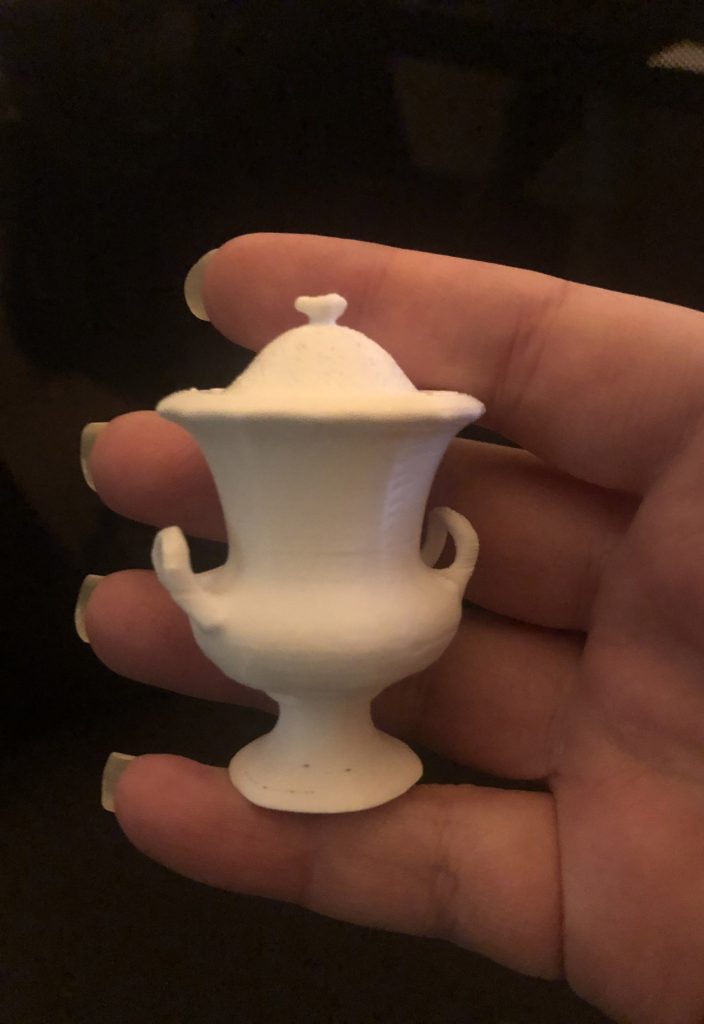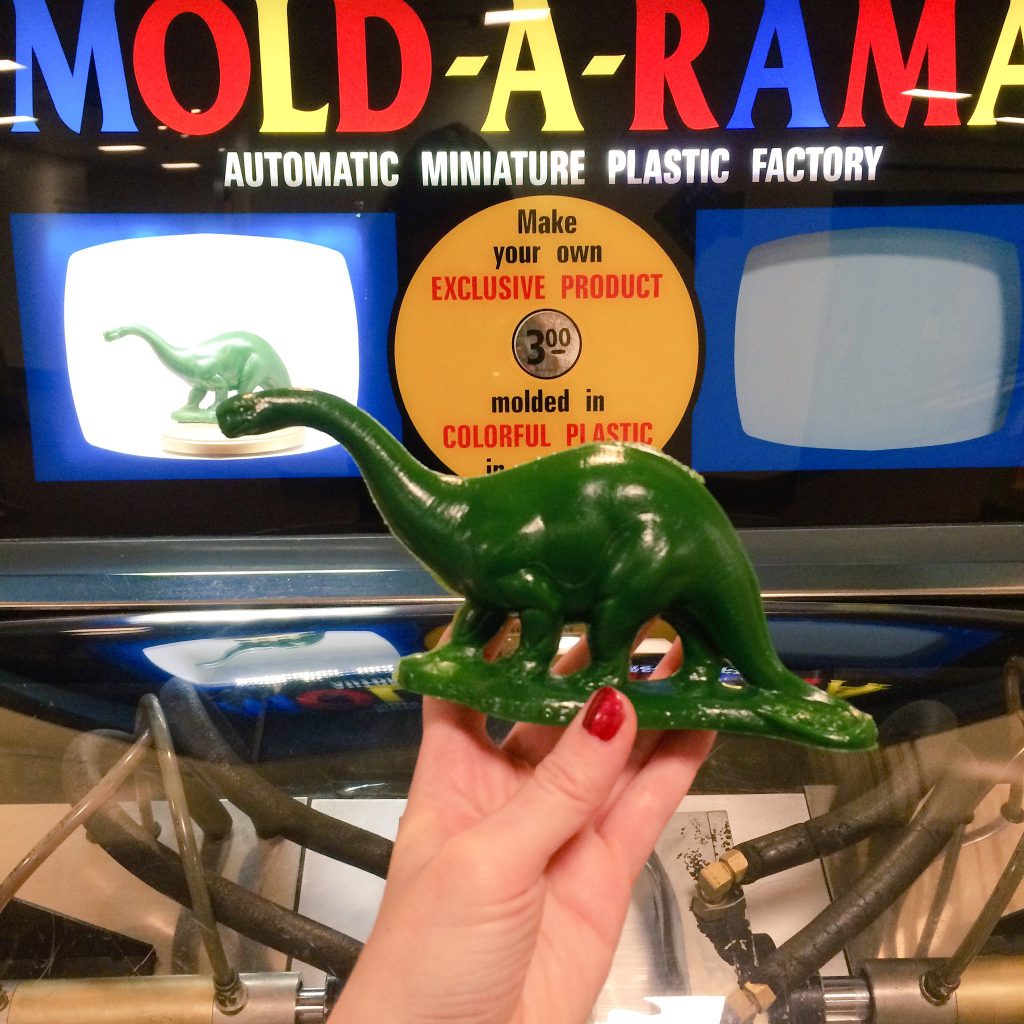Lecture with Torsten Posselt from FELD, Studio for Digital Crafts, Berlin
Matthew Jones and Michelle Dona from Accept & Proceed, London
Wouter Dirks from Studio Dumbar, Rotterdam
Stijn van de VenEden and Luke Veerman from Spiekermann, Amsterdam
Workshop Challenge
Review your initial ideas and reflect on the feedback and comments made by staff, peers and engagement with your target audience.
Select one initial design concept, which you think will successfully answer your chosen project brief. Announce your preferred concept on the Ideas Wall.
Research design thinking, potential formats (print, digital, environmental), traditional and new media, emerging technology and innovative production methods to gain a fresh insight into your project direction.
Add relevant company and project links to the Ideas Wall and upload a post onto your blog to evaluate how your research will help gain a fresh insight into your project plan and help reach your target audience.
Develop your design concept and post your innovative design thinking on your blog. Add a blog link onto the Ideas Wall, for peer discussion
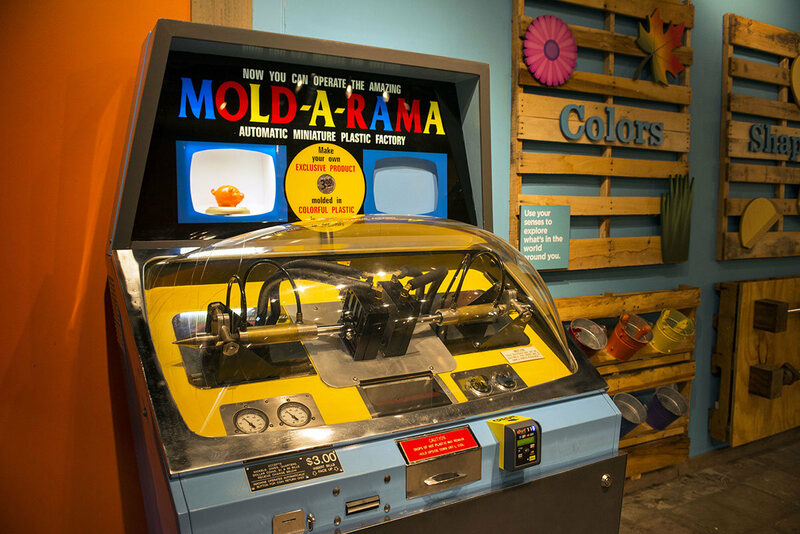
After the feedback session with John Stack from the Science Museum, he suggested I combine some of my ideas. I’m pursuing a digital Mold-A-Rama paired with an app – take a quiz and be matched with your “perfect” object, which will be printed and delivered to you. There is an element of surprise and discovery as well as capturing the excitement of getting post that isn’t junkmail or bills. I’m trying not to get hung up the practicalities of making the objects and instead treating this a speculative project that I don’t have to completely flesh out. It will have three main aspects –
1. The app
2. The creation of the object
3. The postal pack
1. The app will need to have some sort of a matching element, I’m thinking of “personality quiz” type things at the moment, but it could also manifest as choosing objects over others in a multi object selection, geotagging to places that are significant to the user, or selecting random icons or colours.
2. My initial approach would be 3d printing. The issue with this is that it is very time intensive. I would like this to be stationed in the museum itself as an experience, but also be available from anywhere in the world via the app. Not all objects in the collection would be suitable for 3d printing either, so I may need to consider several options. I really want to incorporate the “uniqueness” and randomness of your choice, rather than being assigned an object from a small preselected pool.
3. To make the experience more adaptable and available to a wider audience, postal packs would be available. I’m thinking of a small mailer box that would house your special object, as well as a small pack of informational cards about its history.
The Mold-A-Rama really grabbed my imagination – I have fond memories of watching the injection moulding machine at work during field trips and days out. When I looked into the history of the company I was pleasantly surprised to discover that the inventor, John H. “Tike” Miller, was from Quincy, Illinois. I lived in Quincy for eight years and would consider it to be the closest thing I have to a “hometown” as it was the longest I stayed in one place as a child. This also explains why I had so many memories of Mold-A-Ramas, as it turns out they are quite a limited, with only around 125 machines still in operation. The original company was founded near Chicago, and the machines are currently split between two companies, one still based in Illinois and one based in Florida. The machines are not currently being manufactured, so all existing machines are now considered vintage and are carefully maintained. They tend to be located in science museums and zoos, with quite a few located in the Museum of Science of Industry and the The Field Museum in Chicago, both places I went to on school trips and family excursions. I distinctly remember being allowed to use the machine. Excitedly watching it at work before scooping up my still warm model, covered in water droplets, and carefully holding it upside down until it dried.
Injection moulding requires moulds, and would not be suitable for my idea as the machine can only create one type of object at a time. 3D printing will be more flexible, but takes much longer, it is a shame I can’t find anything to strike a balance between the two, ideally I’d be able to produce small, immediate models which would enable a personalised, short and joyful experience for visitors.
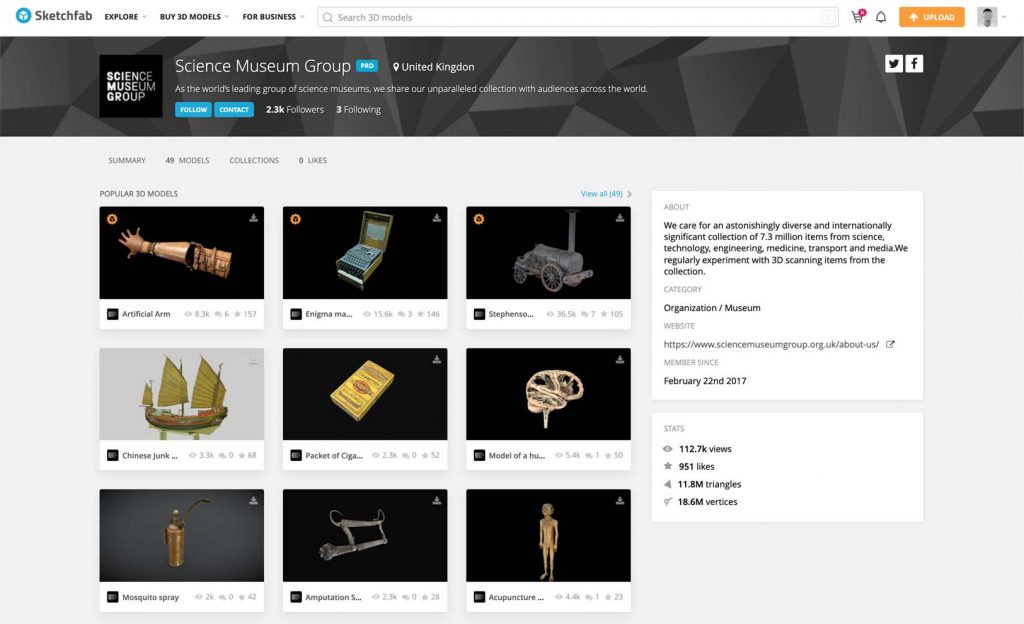
On Sketchfab I explored the objects the Science Museum has digitised to create 3D models, eventually choosing a leech jar to take further.
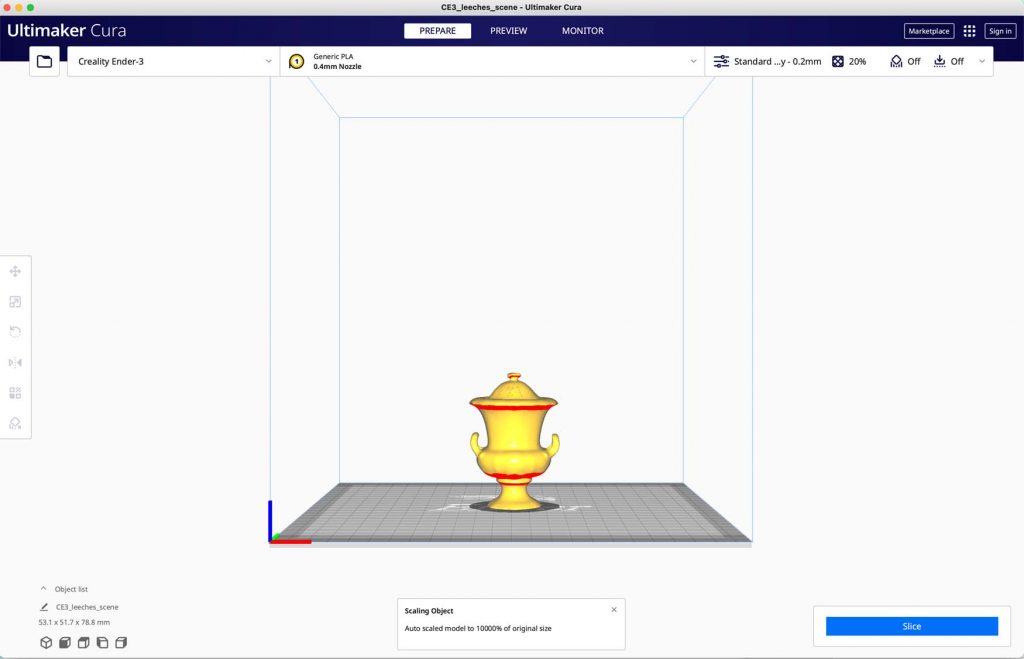
I took the model into Cura and made a small printing model, trying to optimise it for printing. The result of the first slicing would have taken five hours! The next issue was the overhangs on the jar, I tried printing it with self generated supports, but these were too thick and would have been impossible to remove cleanly, so I cancelled the print and rethought my approach.
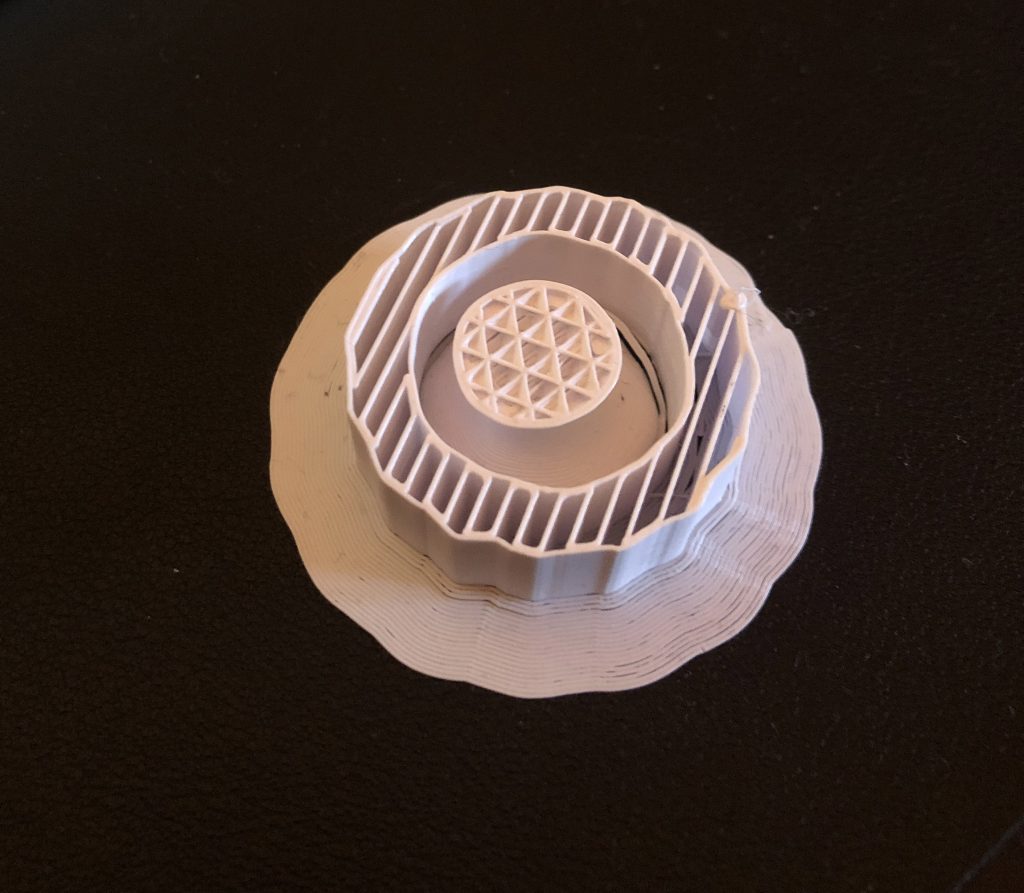
Eventually I decided to try the print without any support, and hope the gradual swell of the jar shape would be enough to support the top of the jar, and this was successful.
